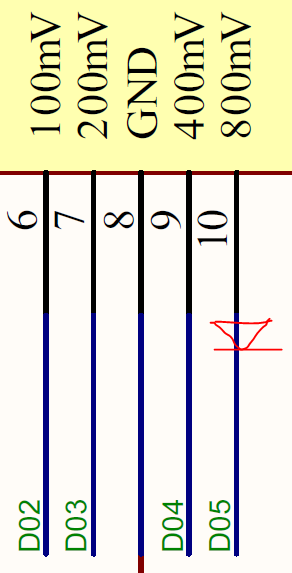Other Parts Discussed in Thread: CSD13201W10
Hi Stephen,
I am using an NI I2C/SPI/DIO box to send digital in/out (DIO) signals to ANY-OUT pins of TPS7A85A IC. The NI box has a weak pull-down (40kohms) resister on their DIO lines which is not letting me create an OPEN to the ANY-OUT pins. When I put the DIO lines from NI-box in tri-state/open state, it presents itself as a short to the ANY-OUT pins of the LDO. As a solution, I am thinking about putting a Schottky diode on the ANY-OUT pins in a manner as shown below? Have other customers of yours used this strategy? Do you think it will work? If it will work, can you please suggest a part number for the diode that is hopefully not too big? Do you have alternate solutions to solve this problem?
Thanks,
Noman


